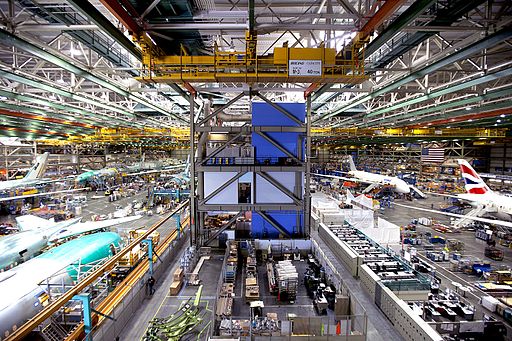- October 4, 2017
- Posted by: David Marshall
- Category: Management, Measurement

Many people don’t realize, but the left guard on an NFL team is often the second-highest paid player on the team, right after the quarterback. That’s because that player guards the back of a right-handed quarterback, his “blind” side.
After Washington Redskins quarterback Joe Theismann had his femur snapped by Lawrence Taylor during a 1985 game, NFL teams realized how important it was to protect their multi-million dollar investments. They realized their highly paid quarterbacks weren’t going to do them any good if they were being protected by players who couldn’t compete against defensive players whose only goal was to grind a quarterback into the dust. So they began drafting large men with giant hands who were quick on their feet. They realized the value of those left guards and paid them appropriately.
(You can find this story in Michael Lewis’ book, The Blind Side, which was later made into a movie starring Sandra Bullock and Quinton Aaron.)
How Can I Find the Value of My Employees?
As business managers, we often pay our employees based on the value they provide to our companies. Some generate revenue, some incur costs but are necessary or even required by law. Some are better at generating revenue, and some are better at saving our bacon during tax time or when there are legal troubles.
Another way of asking about the value of your employees is to ask “what is the value of their function to the organization?” and then paying that person based on their value and not a pre-determined salary structure based on their role and corporate level.
In other words, a salesperson who manages several large accounts and is responsible for a lot of the company’s revenue provides a higher value to the organization than, say, an accountant. Not that we don’t value accountants! They provide a valuable service that many people can’t/don’t want to do, but the salesperson brings in the revenue. The better they can do, the more money they can bring in.

In a manufacturing business, the value the operations manager brings is even higher than a salesperson by virtue of the fact that the operations manager “positions” the salesperson to be able to offer the products in the first place. They are responsible for making a great product for the salesperson to sell.
Similarly, a controller who has an IT background has more value to the enterprise than both a controller and IT specialist separately, because that single person is more effective and efficient in directing both functions to a satisfactory outcome for the enterprise. That’s because you have one person who knows two different, but interrelated jobs that impact nearly every other function within the organization. This person is very knowledgeable about how the company and its systems work.
When I was at Robroy, we tried not to use a straight-ahead salary structure that said “salespeople earn this much, sales managers earn this much, and materials managers earn this amount.” It was the value that you brought to the organization that determined what you earned. Part of everyone’s compensation was incentive-based, which meant they got a base salary and an incentive on top of that, which was measured quantifiably.
That means that, because of the functions they performed, and the broad scope of understanding and background they brought to it, as well as their effectiveness in executing it, the Controller and the Operations Manager were the two highest paid people within the organization. They were basically the left guard for the company, because they kept the rest of us, especially me, from being blindsided by emergencies and unexpected situations.
In the end, it’s up to the business owner or manager to determine the value of the different functions, and to place a value on those functions, rather than just sticking to some arbitrary matrix dreamed up by people who don’t necessarily understand what each position does.
I’ve been a manufacturing executive, as well as a sales and marketing professional, for a few decades. Now I help companies turn around their own business. If you would like more information, please visit my website and connect with me on Twitter or LinkedIn.
Photo credit: Jetstar Airways (Wikimedia Commons, Creative Commons 2.0)

